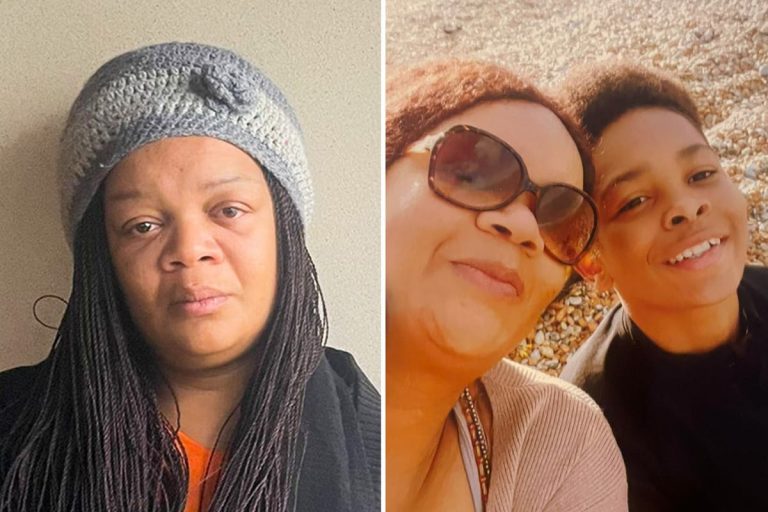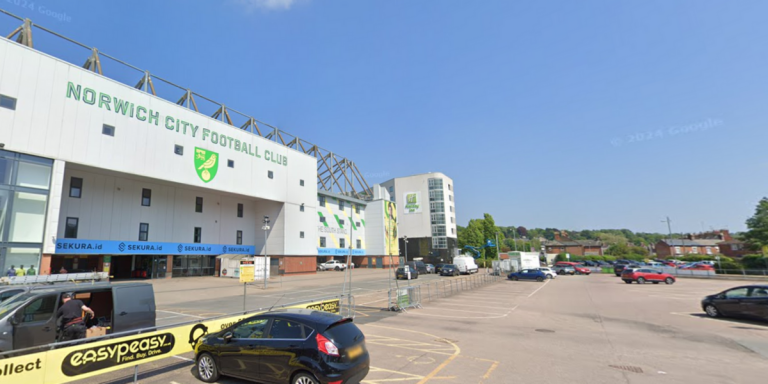
Canadian Prime Minister Justin Trudeau is likely to announce his resignation in the coming days, according to reports.
Sources have told Reuters news agency and Canada‘s Globe and Mail that the 53-year-old could announce as early as today that he would quit as leader of Canada’s ruling Liberal Party.
But Reuters says no final decision on the resignation has been made, however sources expect an announcement to happen before an emergency meeting of Liberal politicians on Wednesday.
It remains unclear whether Mr Trudeau would leave immediately or stay on as prime minister until a new Liberal leader is selected.
Mr Trudeau has led the party since 2013 and has been prime minister since 2015.
Read more from Sky News:
Hamas ‘approves list of 34 hostages to be returned’
Ukraine launches new offensive in Russia’s Kursk region
Boy found alive after going missing in ‘lion-infested’ game park
He has faced calls to resign from an increasing number of his MPs amid poor showings in opinion polls. He has also come under increased pressure since his finance minister quit in December over a policy clash.
Unlike the UK, there is no formal way for Mr Trudeau’s party to remove him if he wants to stay.
That said, if members of his own cabinet and a large number of MPs call for him to go, he may conclude his position is untenable.
An election must be held in Canada by this October, with the Liberals expected to lose heavily to the official opposition Conservatives.
The prime minister’s office has not yet responded to Sky News’ request for comment.























+ There are no comments
Add yours